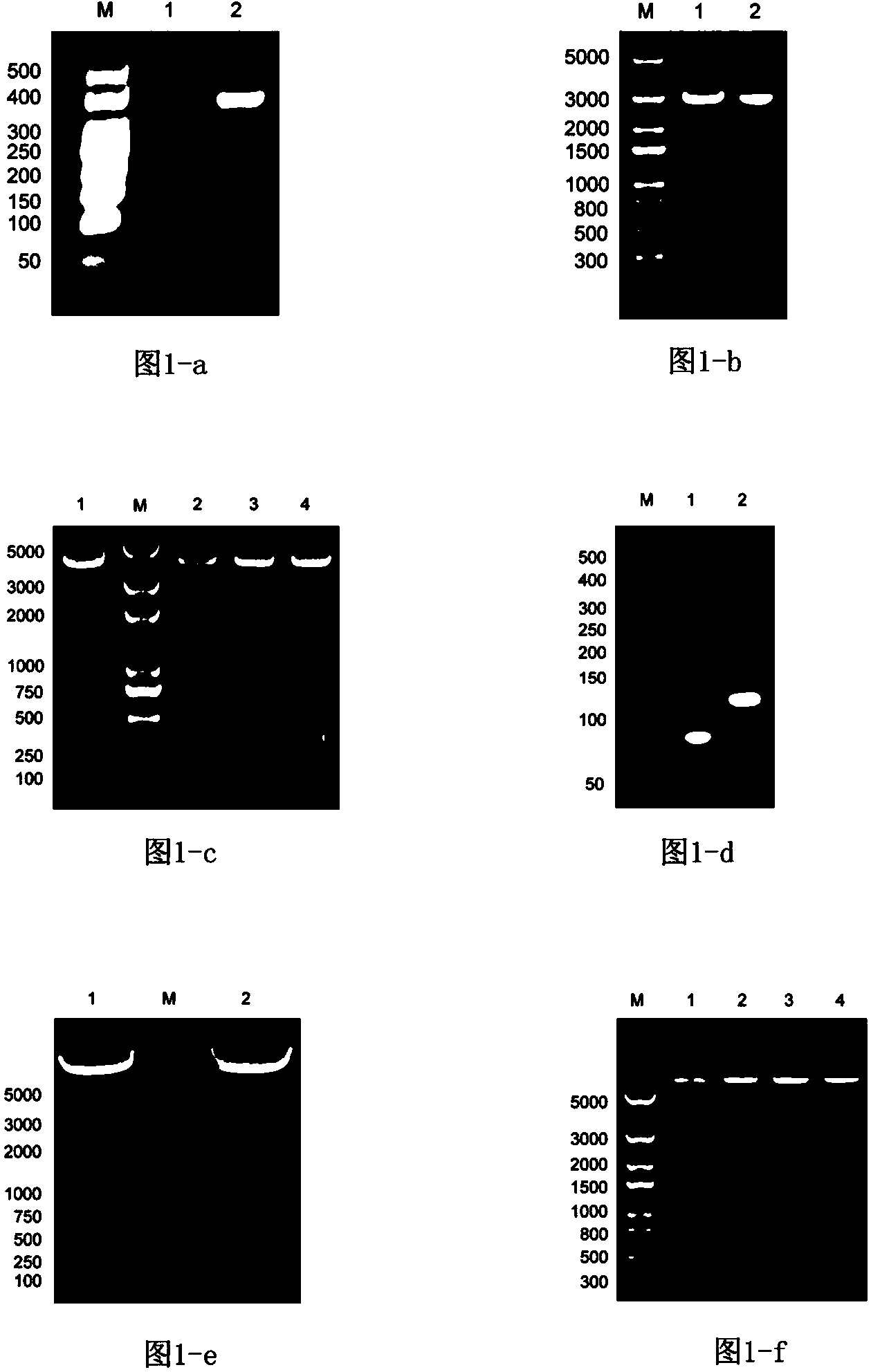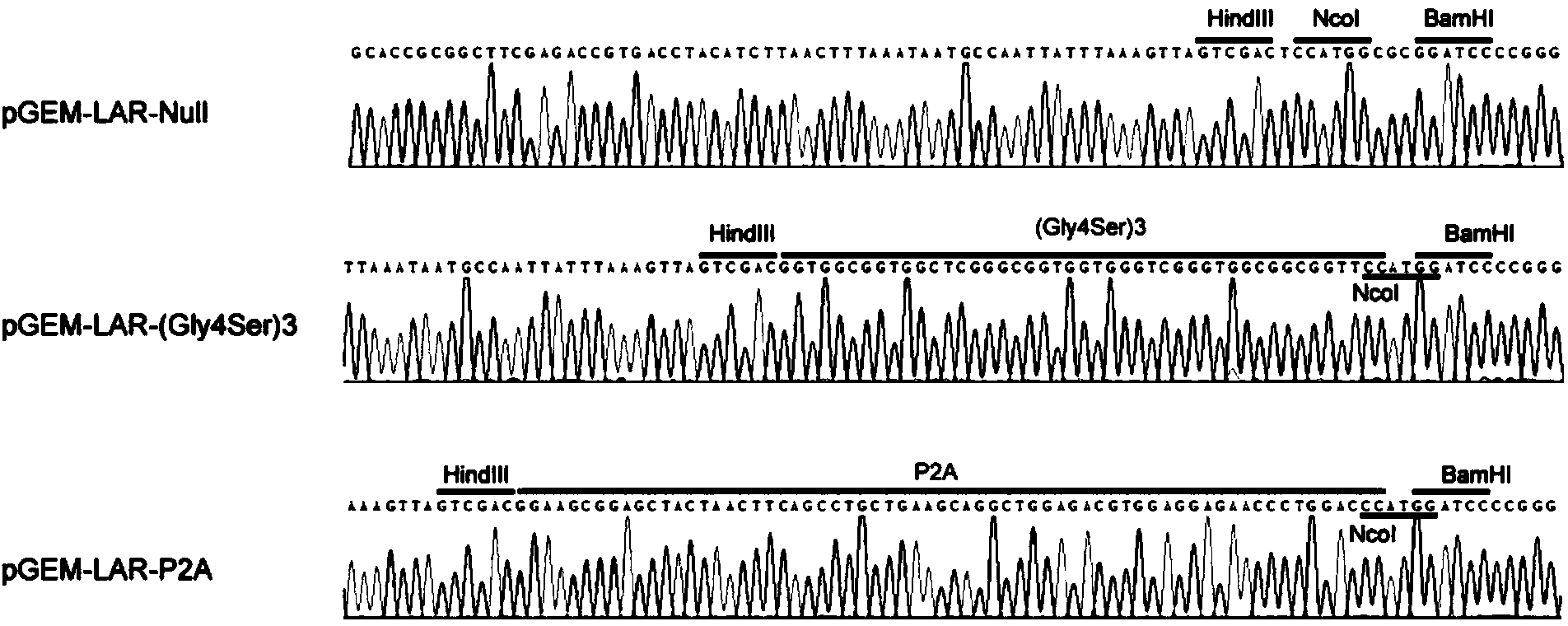Site specific integration vector capable of removing random integration, construction method thereof and application thereof
A site-specific, random integration technology, applied in the field of genetic engineering, can solve the problems of transgenic animal safety and environmental safety threats, unstable transgene expression, and reduce the accuracy of integrase-mediated integration, so as to eliminate the safety and environmental risks of transgenic animals. Effects of Environmental Safety Impacts
- Summary
- Abstract
- Description
- Claims
- Application Information
AI Technical Summary
Problems solved by technology
Method used
Image
Examples
Embodiment Construction
[0038] The site-specific integration vector provided by the invention can remove random integration, and the vector system can be used in Streptomyces phage Under the mediation of integrase, site-specific integration into the pseudo attP site in the eukaryotic cell genome, so that the transgene can be continuously and efficiently expressed, solving the problems of vector integration site and transgene expression level; and then obtained by positive and negative drug screening After removing the positive cells involved in the random integration event, the selection marker and other vector backbones are excised under the action of Cre and Dre recombination shearing, and finally transgenic cells without selection markers and vector backbones are obtained, which are used for somatic cell nuclear transfer and produce non-screening Transgenic animals with markers and carrier skeletons, thereby improving the safety of transgenic animals, and providing a valuable technical platform fo...
PUM
 Login to view more
Login to view more Abstract
Description
Claims
Application Information
 Login to view more
Login to view more - R&D Engineer
- R&D Manager
- IP Professional
- Industry Leading Data Capabilities
- Powerful AI technology
- Patent DNA Extraction
Browse by: Latest US Patents, China's latest patents, Technical Efficacy Thesaurus, Application Domain, Technology Topic.
© 2024 PatSnap. All rights reserved.Legal|Privacy policy|Modern Slavery Act Transparency Statement|Sitemap



